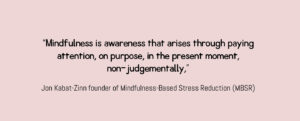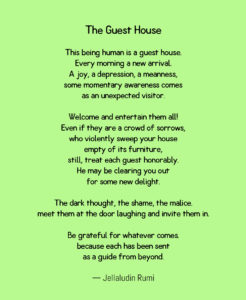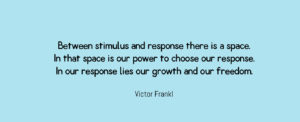Everybody seems to talk about mindfulness, but what exactly is it? How do you ‘do’ it?
Mindfulness simply – is about awareness and paying attention in the present moment. Sounds easy right?
Try it – Feel your feet on floor, wiggle toes and notice how that feels. Scan yourself from head to toe, getting a sense of where you are in space. Bring attention to your face, relax your forehead, let your jaw unhinge, let your tongue lie flat on the bottom of your mouth. Now notice your breath. Feel your breath as it naturally flows in and out of the body.
There are a myriad of benefits in practicing mindfulness. Increased focus and concentration is one that we all could use more of! When was the last time you completed one single task without getting distracted by your phone, social media, emails, messages. Believe me, try to write this blog post!
Experts estimate we think, up to 60,000 thoughts in 1 day.* That is an incredible number. To add to those astounding numbers, a study conducted by Harvard researchers in 2010 found people’s minds wander around 47% of the time.** It makes sense that mindfulness is such a hot button topic, as it seems we are more often in our heads rather than with our feet firmly connected to the ground. People are more stressed out and over-stimulated than ever.
*https://tlexinstitute.com/how-to-effortlessly-have-more-positive-thoughts/
**https://www.smithsonianmag.com/science-nature/why-mind-wandering-can-be-so-miserable-according-happiness-experts-180962265/
Practicing mindfulness is flexing your mental muscle.
The hardest part of mindfulness is making it a habit. Mindfulness is a skill that can be learned. To cultivate mindfulness is akin to flexing your mental muscle. Just as you might go to the gym to build muscles, or get in shape, it is not something that happens overnight. The key is to make it a habit, just as you would brush your teeth morning and night.

How to practice mindfulness?
It can be a difficult to be alone with our thoughts. Many go to great lengths to avoid it. I see it often in yoga classes during savasana (final resting pose), some enjoy and relax fully into it, others will fidget, look around, grab their phone.
Once you start to pay attention to your thoughts, you may feel uncomfortable and feel the need to distract or busy yourself with something else. We are often our own worst critics, with a stream of negative self-talk. I should have done that better, I need to lose weight, I don’t look good, and so on, does this sound familiar?
Mindfulness is not about shutting off our thoughts, or not thinking, conversely it is about befriending your thoughts.
Rather than sweeping feelings and thoughts under the rug and treating them like unwelcome guests, invite them in, and then send them on their way. Imagine thoughts are like weather patterns in the mind that come and go.

We are not our thoughts, and our thoughts do not define us.
One thing integral to remember is that we are not our thoughts, and our thoughts do not define us.
This is where simple awareness comes into play. Once you take time to slow down and notice your thought patterns, you are practicing mindfulness.
However the tricky part is paying attention to our thoughts, without attachment and without judgment. We often try to hide or suppress emotions that we don’t want or think we shouldn’t be feeling. But it can be as simple as saying ‘Hello’, to whatever is lurking there.
One helpful tool is to label your thoughts and create an archetype for the thought or feeling. For example – when your mind drifts to stress about work or how much you have to do, you can label it Mr./Ms. Worrywart. Whenever you find yourself ruminating on work, aha, Ms. Worrywart is back.
It is an easy way to separate yourself from your thoughts, because your thoughts do not define WHO you are. When you become aware, and label it, you can effectively create space between yourself and the thoughts.

Mindfulness is not just about attention, but kind attention.
Shauna Shapiro, a professor of Psychology and known for her work on mindfulness in a recent TedX talk says, put simply, mindfulness is intentionally paying attention with kindness.
Watch here: Shauna Shapiro, The Power of Mindfulness: What you Practice Grows Stronger
If we can create a different relationship with our thoughts, feelings, and emotions, instead of always thinking something else will make things better, easier, or change things. Instead of endlessly striving for something different, we can accept where we are and train ourselves to feel at home with our ‘messy’ selves. How we treat ourselves is how we correlate with others.
Treat yourself like your best friend!
Because of our propensity towards negativity, which psychologists call negativity bias, one of my favourite rituals is to do daily gratitude. Just by reminding yourself to look for the good in the first place, neurologists agree is one of the best ways to feel happier.
With mindfulness we can check in and find out that we don’t have to associate so closely with the stories and narratives that run wild in our mind. Mindfulness brings awareness and with awareness we can recognise and acknowledge patterns, and with that acknowledgement brings change.
Want to find out more ways that you can incorporate mindfulness in your day? Sign up here to receive a download of daily mindfulness check-ins!
